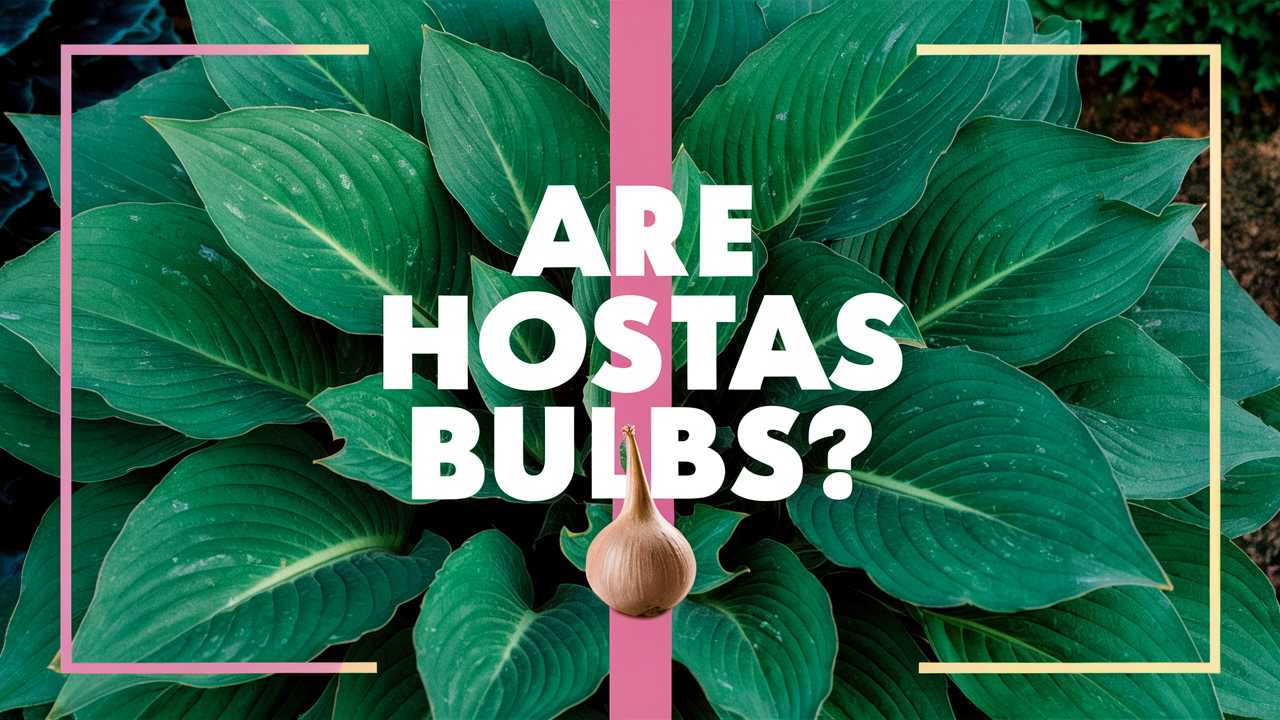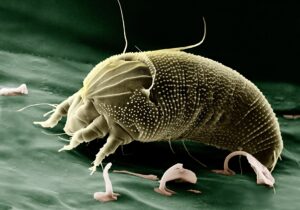Are Hostas bulbs? To answer this query thoroughly, we will delve into the anatomy of Hostas, their propagation methods, care requirements, and their role in garden aesthetics.
The Bulb vs. Rhizome Question
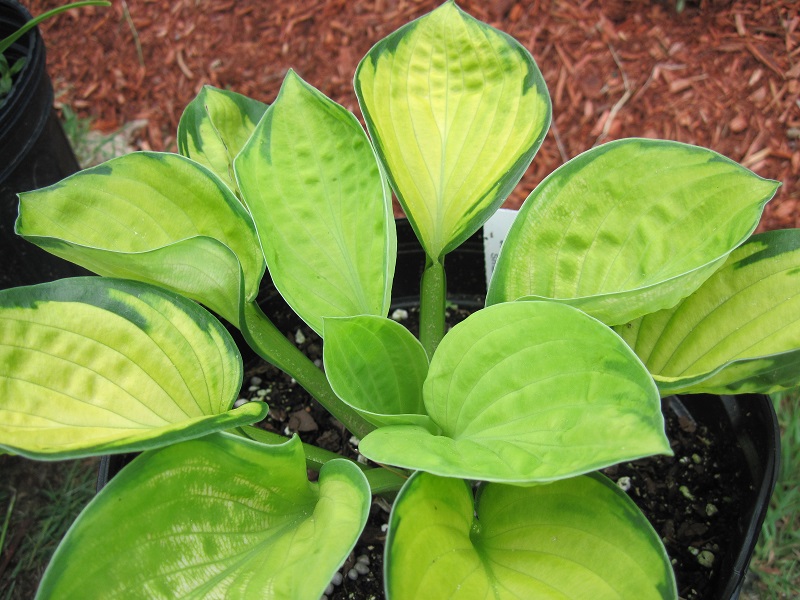
Are Hostas bulbs? The simple answer is no; Hostas are not classified as bulbs. Instead, they are classified as herbaceous perennials with a rhizomatic growth structure. To clarify, let’s break down the definitions of bulbs and rhizomes, as well as the implications these structures have for gardening practices.
What Are Bulbs?
Bulbs are storage organs for plants. They consist of a central bud surrounded by fleshy scales, designed to store nutrients and energy, allowing the plant to survive adverse conditions, such as winter or drought. Well-known examples of bulbous plants include tulips, daffodils, and onions. Bulbs typically grow roots from the base and send up shoots in the spring.
What Are Rhizomes?
Rhizomes, on the other hand, are horizontal underground stems that can produce roots and shoots. Unlike bulbs, rhizomes don’t contain the same fleshy, nutrient-storing structures. Instead, they act as a means of vegetative reproduction. As these stems grow, they can spread horizontally, often resulting in new plants emerging from the joints of the rhizome. This method of growth allows plants like Hostas to spread out over time, forming attractive clusters in garden beds.
How Hostas Grow
Hostas propagate primarily through their rhizomes, allowing them to create dense mat-like formations over the years. Each year, the plant produces new shoots from its rhizome, resulting in a bushier appearance. Gardeners appreciate this feature since it allows Hostas to fill in space effectively, making them ideal for ground cover.
Cultivating Hostas
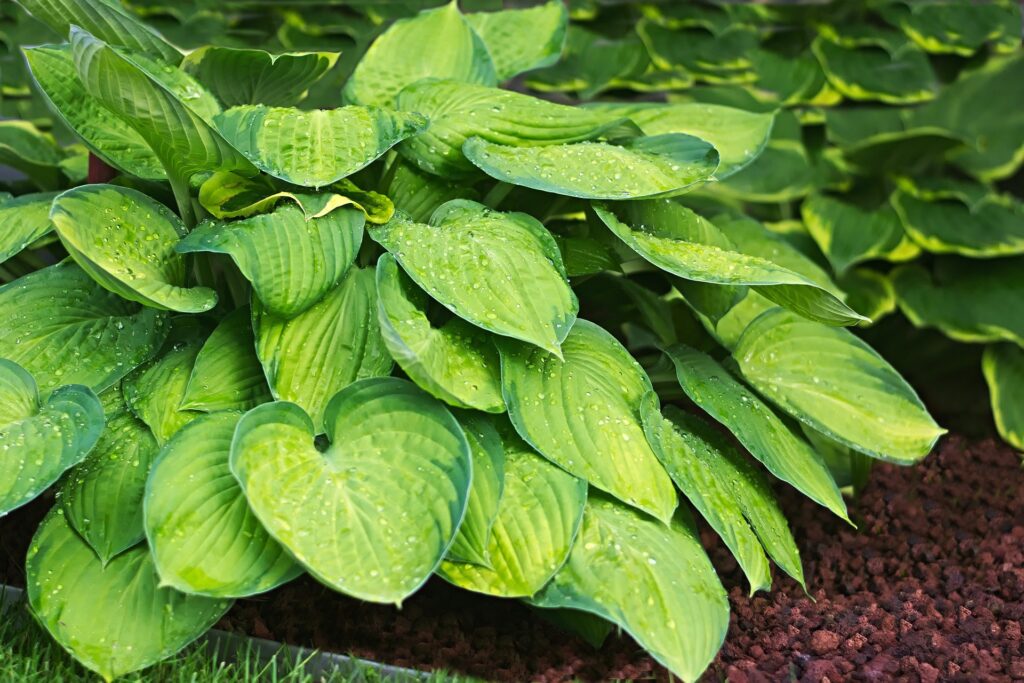
Understanding the growth habits and structure of Hostas is key to successfully cultivating them. Though they are incredibly hardy, providing the right conditions can significantly enhance their growth and health. Here’s what you need to know about growing Hostas.
Optimal Planting Conditions
Hostas thrive in well-draining soil that retains moisture yet doesn’t become waterlogged. They prefer partial to full shade, although some varieties can handle more sun, especially cooler climates. Amending the soil with organic matter can improve nutrient availability and moisture retention.
Watering and Fertilization
Regular watering is essential, especially during dry spells. Hostas prefer evenly moist soil, so deep watering is ideal during dry periods to encourage root growth. Fertilization can also play a key role in promoting healthy foliage. A balanced, slow-release fertilizer can be applied in early spring to provide essential nutrients.
Seasonal Care
Seasonal care for Hostas is relatively straightforward. In the spring, make sure to remove any debris, as this will allow new growth to flourish. As the leaves begin to emerge, it’s important to watch for potential pests such as slugs and snails, which can be detrimental to the foliage. Barrier methods and natural deterrents can help manage these pests effectively.
The Importance of Varietal Diversity
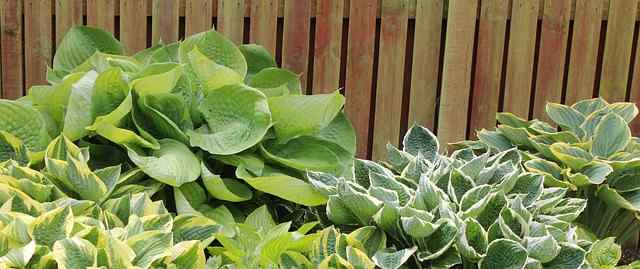
Hostas come in numerous varieties—each with unique features that contribute to their overall appeal. Understanding the diversity among Hostas allows gardeners to choose the best options for their specific landscape needs.
Size and Growth Habit
Hostas range in size from miniatures that barely reach a few inches tall, to giants that can grow over three feet in height. The size and growth habit can determine where they are best placed in the landscape. For example, smaller varieties can be used in rock gardens, while larger ones serve as focal points when placed strategically.
Variegated vs. Solid Colors
While some gardeners prefer the classic green tones, variegated varieties add a unique flair to the garden landscape. Variegation can appear as edges, specks, or streaks in colors like white, cream, or yellow. Choosing a variety based on color and type can create dramatic contrasts in a garden setting.
Flower Variations
Many gardeners appreciate the blooms of Hostas, which can add an additional layer of interest during the summer months. Hosta flowers are typically tubular and can come in shades of white, lavender, or purple. The timing and length of bloom can vary depending on the cultivar, providing season-long interest when combined effectively in a planting scheme.
Landscaping with Hostas
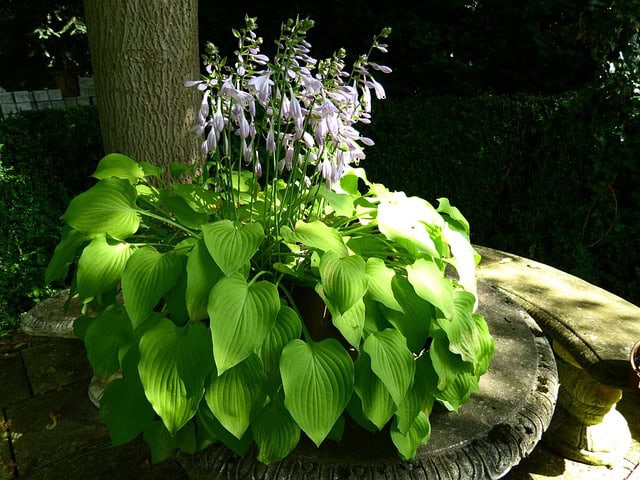
Beyond their care and cultivation, Hostas can be used beautifully in landscape design. Their versatility makes them a go-to choice for various garden styles.
Shade Gardens
Hostas shine in shade gardens, where their lush foliage can thrive without the stress of intense sunlight. Grouping different varieties together can provide an eye-catching display that requires minimal care. Pairing Hostas with ferns, astilbes, and other shade-loving plants can create a serene woodland garden ambience.
Border Plants
Utilizing Hostas as border plants can enhance the edges of garden beds or pathways. Their height and varied leaf colors add depth and texture, creating a more layered look. When planted along paths or driveways, they provide a soft, inviting contrast to hardscaping elements.
Container Gardening
Hostas are also suitable for container gardening, particularly the smaller varieties. Placing them in decorative pots allows for versatility; you can change their location or height to suit the season. Combining various Hostas in a pot can also create a vibrant display that captivates attention.
Common Challenges and Solutions
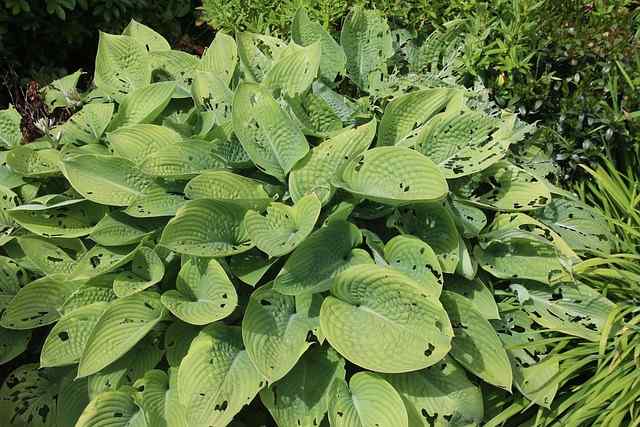
While Hostas are generally easy to grow, they are not without their challenges. Understanding these potential issues allows gardeners to take preventative measures and foster healthy plants.
Pest Management
In addition to slugs and snails, Hostas may battle pests like aphids, which feed on leaves and can weaken the plant. Introducing beneficial insects, like ladybugs, can help control aphid populations naturally. Additionally, using insecticidal soap or horticultural oil in moderation can provide a quick solution if needed.
Fungal Diseases
Fungal diseases such as powdery mildew can occur, especially in humid conditions. Ensuring proper air circulation by spacing plants adequately and removing fallen debris can minimize the risk. If issues arise, fungicides or homemade solutions like baking soda can be effective in treatment.
Winter Care
While many Hostas are winter-hardy, proper care can further ensure healthy resprouting in the spring. In late fall, trimming back dead foliage can make way for new growth and prevent pests from overwintering. Mulching around the base also helps to insulate the plant roots during colder months.
Conclusion
To summarize, Hostas are not bulbs; they are perennial plants offered by nature in the form of rhizomes. This classification not only defines their growth habits but also informs how to care for them effectively. From selecting the right varieties to utilizing them creatively in landscaping, Hostas provide an array of benefits, making them a cherished choice among gardeners.


